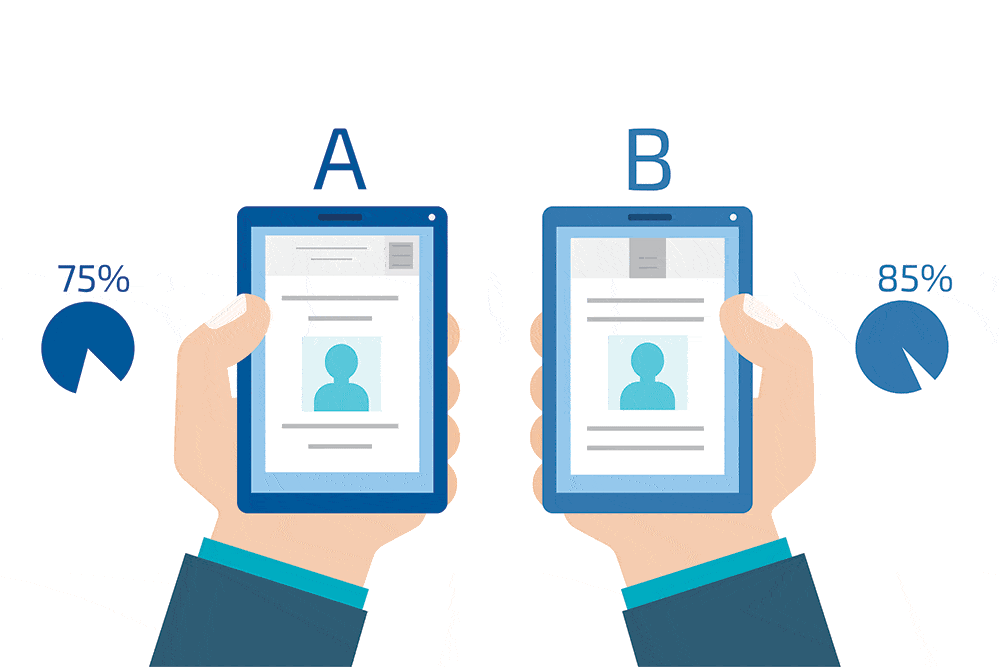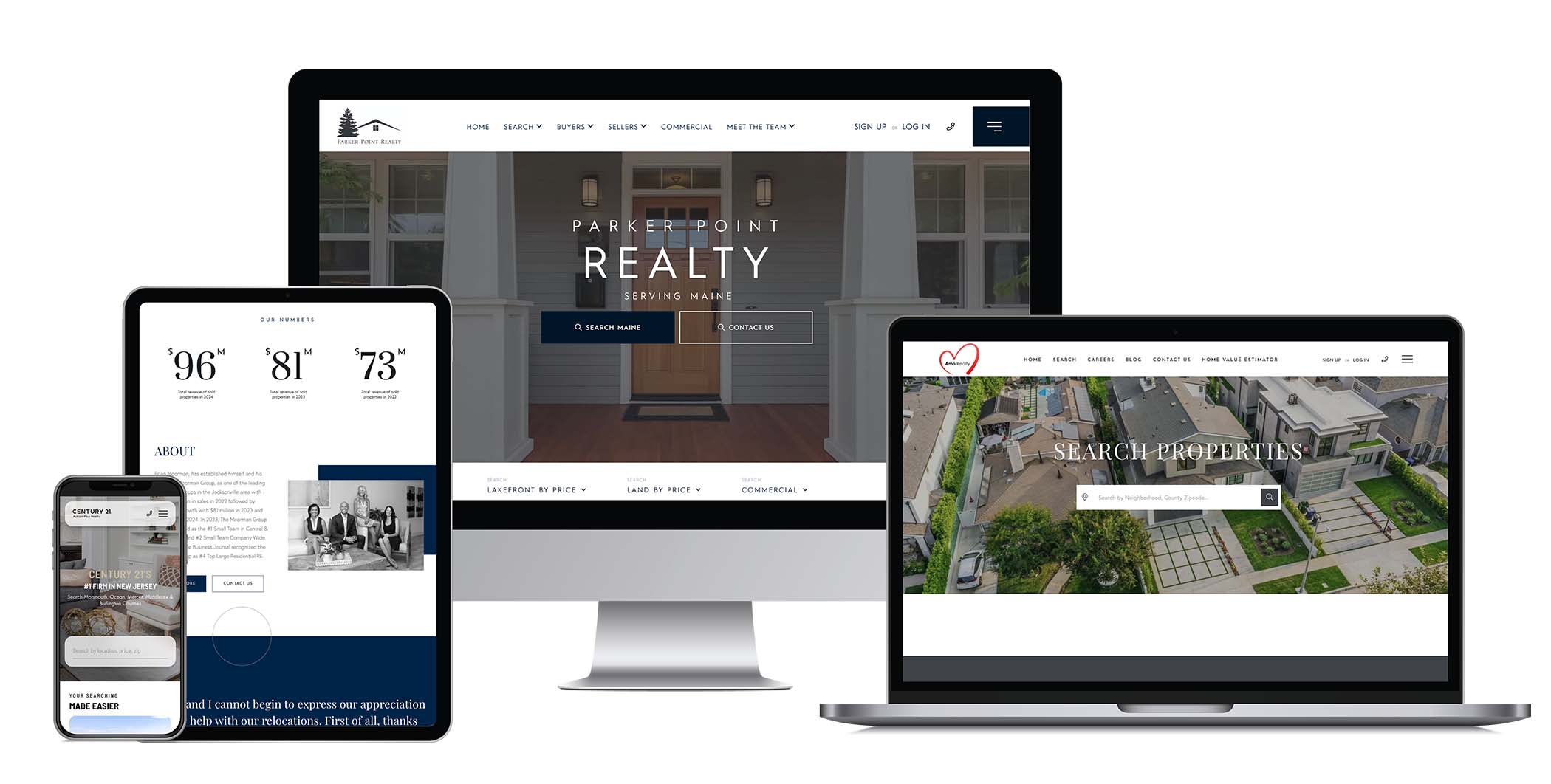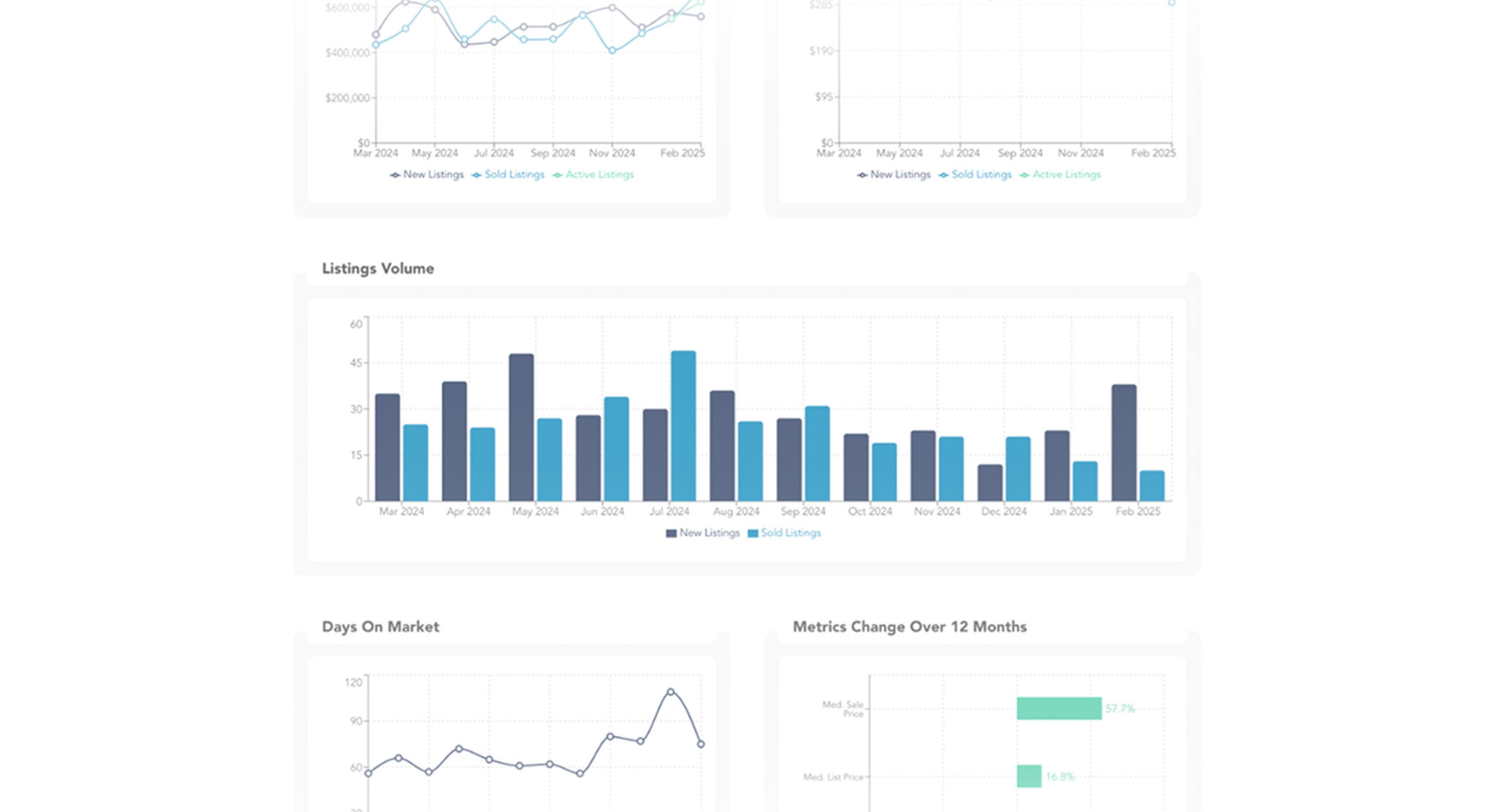We’ve Been Doing Some Testing
Lead generation is the primary metric by which we measure the quality and performance of our clients’ websites. You want a lot of high-quality leads, and you want them at the lowest cost possible. Our entire process – from design to digital marketing, and everything in between – is built to deliver on this. Whether you’ve purchased a custom design or opted for one of our turnkey templates, all of our websites are created with the industry’s best web practices at the fore.
But best practices are not always best for a particular website. And even when they are, they only offer a rough blueprint. This still leaves us with a bunch of smaller, more specific decisions to make. A lot of the things we think about might seem minor, such as how much descriptive text to include on the registration page, for example – but minor things add up pretty quickly, and can mean the difference between capturing that high-quality lead and losing it.
This is where we leverage one of our primary strengths: data.
We use data to accurately predict how users will behave on a given page configuration, and we arrange our clients’ websites accordingly. For example, we often use large calls to action on the homepage to draw users to the most important segments of the website. We know it works because we have a wealth of data to back it up.
But while data is great, more data is even better. In an effort to collect more varied and reliable information about user behavior, we are integrating A/B testing into our research process. The concept of A/B testing is simple. We set up two (or more) versions of the same web page, split users evenly between the pages, and see which performs better. For example, we might have two versions of a website’s registration page – one that describes the benefits of signing up in detail, and one with simpler wording. We then measure which version of the page causes more users to sign up (over a period of 2-4 weeks), and update the site’s registration page accordingly.
While we only run these experiments on a small subset of our sites at a time, we use insights gleaned from the results to make platform-wide updates and to inform all our decisions moving forward. In other words, you’ll get the benefits of our data even if we don’t use your site in particular to collect any of it. In the near future, we will share the results of an A/B testing experiment with you, and talk about some of the cool things we learned. Stay tuned for more!









